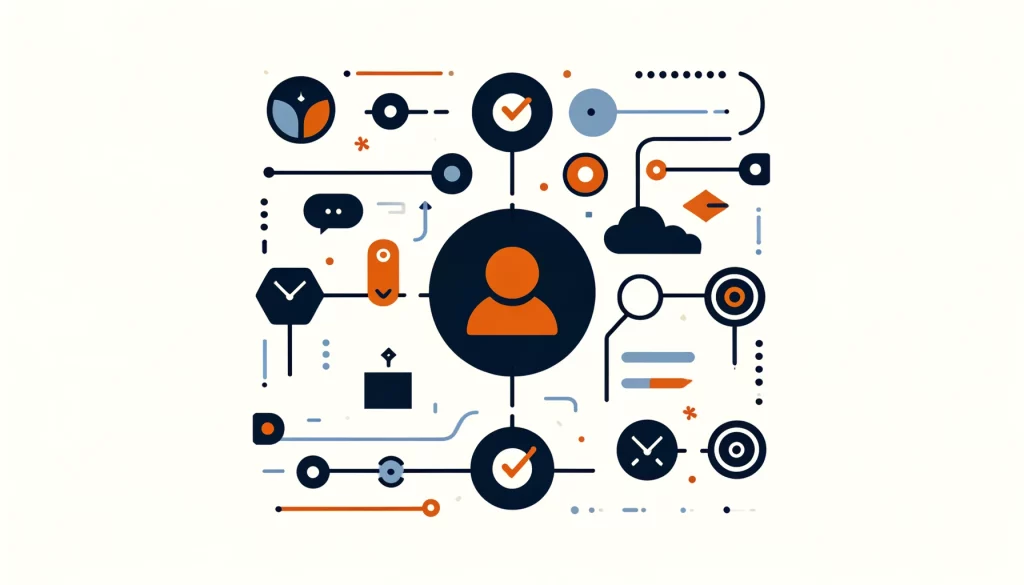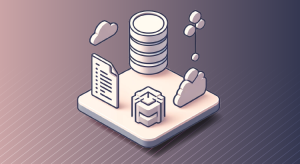
RBAC System Design: Enhancing Security with Role-Based Access Control

Introduction
In today’s digital landscape, data security is of utmost importance for organizations of all sizes. One key aspect of ensuring the security and integrity of sensitive data is implementing a robust access control system. RBAC is a popular and effective way to manage user access to important resources. This article explains RBAC system design basics, security benefits, and provides examples of its usage.
What is RBAC System Design?
RBAC system design controls access to computer or network resources based on the roles of users in an organization. Unlike traditional access control models that grant permissions directly to users, RBAC introduces the concept of roles.
In a company, managers assign people different roles for various jobs and tasks. Roles receive permissions, not individual users. The system assigns users to one or more roles, and they inherit the permissions associated with those roles.
The core components of RBAC system design include:
- Roles: Roles represent job functions or responsibilities within an organization. Examples of roles could be “Administrator,” “Manager,” “Developer,” or “Analyst.”
- Permissions: Permissions dictate which actions users can take with resources, such as reading, writing, executing, or deleting.
- Users: Users are the individuals who access the system resources. They assign them to one or more roles based on their job requirements.
- Resources: Resources like files, databases, or applications are the objects or entities that require protection.
Security Aspects of RBAC System Design
One of the primary advantages of RBAC system design is its ability to enhance data security. By implementing RBAC, organizations can:
- Principle of Least Privilege: RBAC ensures that administrators grant users only the permissions necessary to perform their job functions. This principle minimizes the risk of unauthorized access and data breaches.
- Separation of Duties: RBAC gives different jobs to different roles to prevent one user from having too much access.
- Centralized Administration: RBAC centrally manages access control policies, making it easier to enforce consistent security measures across the organization.
- Scalability: RBAC system design can easily handle access control for many users and resources in organizations.
- Auditing and Compliance: RBAC tracks user actions and permissions to meet regulations and monitor and report effectively.
Examples of RBAC System Design
To better understand RBAC system design, let’s consider a few practical examples:
Example 1: Healthcare Organization
A healthcare organization uses RBAC to ensure that only approved staff can access important patient information. You can create roles such as “Physician,” “Nurse,” “Lab Technician,” and “Billing Specialist” with specific permissions. Doctors can read and write patient medical records, while billing specialists can only access financial information.
Example 2: E-commerce Website
An e-commerce website can leverage RBAC to control access to various parts of the system. You can define roles such as “Customer,” “Sales Representative,” “Inventory Manager,” and “Administrator.”
Clients have the ability to view items and make purchases. Sales representatives have the ability to view client details and handle order transactions. Inventory managers can update product information, and administrators have full control over the system.
Example 3: Financial Institution
In a financial institution, RBAC can help protect sensitive financial data and enforce compliance with regulations. You can create roles such as “Teller,” “Loan Officer,” “Auditor,” and “Compliance Officer.” Tellers can access accounts and do transactions, while loan officers can see and approve loan applications. Auditors and compliance officers have read-only access to ensure adherence to policies and regulations.
Implementing RBAC System Design
To successfully implement RBAC system design, organizations should follow these steps:
- Identify Roles: Analyze the organization’s structure and job functions to identify the roles needed for access control.
- Define Permissions: Decide what each role can do based on their job and what they need to use.
- Assign Users to Roles: Map users to the appropriate roles based on their job functions and responsibilities.
- Set up Access Control: Make sure users can only access specific resources based on their assigned roles and permissions.
- Monitor and Audit: Regularly monitor user activities and conduct audits to ensure compliance with RBAC policies and detect any unauthorized access attempts.
To simplify the implementation and management of RBAC, organizations can leverage dedicated access control solutions like DataSunrise. DataSunrise offers exceptional and flexible tools for data management, including security, audit rules, masking, and compliance.
The interface is easy to use. It has a variety of features. This makes it simple to apply and enforce RBAC policies. You can apply these policies to different databases and systems.
Conclusion
RBAC system design is a powerful approach to managing access control in organizations. RBAC improves data security by assigning roles, permissions, and users. It enforces least privilege and makes access control easier to manage.
Examples from healthcare, e-commerce, and financial institutions demonstrate the versatility and effectiveness of RBAC in protecting sensitive data and ensuring compliance.
When implementing RBAC, organizations should carefully analyze their structure, define roles and permissions, and leverage specialized access control solutions like DataSunrise.
DataSunrise helps organizations protect their important resources by simplifying the implementation and management of RBAC. It offers flexible tools for data management. This makes it easier for organizations to secure their data.
Contact us for an online demo to see how DataSunrise can assist with your RBAC system and data security. Our experts will show you how DataSunrise works and how it can improve RBAC in your organization.
